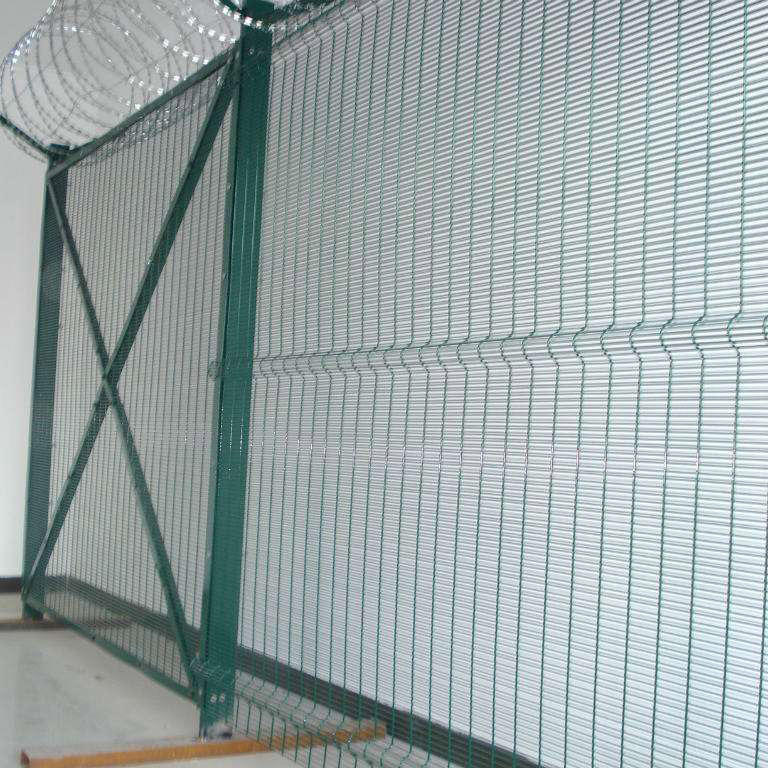Jul . 28, 2024 00:29 Back to list
Exploring the Benefits and Applications of Hexagonal Wire Mesh in Modern Engineering and Architecture
Understanding Hexagonal Wire Mesh Applications and Benefits
Hexagonal wire mesh, also known as hexagonal wire netting, is a versatile and durable material made from woven wire strands that form a hexagonal pattern. This type of mesh is commonly used in various applications, ranging from construction and agriculture to landscaping and safety. With its unique structure, hexagonal wire mesh offers a combination of strength, flexibility, and aesthetic appeal, making it an ideal choice for numerous projects.
Manufacturing Process
The manufacturing of hexagonal wire mesh involves a series of steps that begin with the selection of high-quality wire, often made of galvanized steel or stainless steel to ensure longevity and resistance to corrosion. The wires are then drawn to the required gauge and twisted together in a way that creates the signature hexagonal openings. This process provides the mesh with outstanding tensile strength and allows it to withstand significant pressure and environmental factors.
Key Features and Advantages
1. Durability and Strength One of the primary advantages of hexagonal wire mesh is its durability. The woven structure offers significant resistance to pulling and tearing, making it suitable for heavy-duty applications. The use of galvanized or stainless steel further enhances its ability to resist rust and corrosion.
2. Flexibility Unlike rigid mesh types, hexagonal wire mesh can be easily bent and cut to fit various shapes and contours. This flexibility allows for its use in a wide range of applications, from enclosing gardens to building animal enclosures.
3. Aesthetic Appeal The hexagonal design is not only functional but also visually appealing. It can be used for decorative purposes in gardens, parks, and even architecture, offering an attractive yet practical solution for boundary marking and fencing.
hexagonal wire mesh

4. Cost-Effectiveness Hexagonal wire mesh is generally considered a cost-effective option compared to other types of fencing materials. Its long lifespan reduces the need for frequent replacements, which can lead to substantial savings over time.
Applications of Hexagonal Wire Mesh
1. Agricultural Use In agriculture, hexagonal wire mesh is commonly used for fencing livestock and protecting crops from various pests. It provides a secure barrier that helps keep animals contained while also allowing for adequate airflow, light, and water.
2. Construction Hexagonal wire mesh plays a crucial role in construction projects, particularly as reinforcement in concrete structures, retaining walls, and for erosion control on slopes. Its strength and perforated design enable it to provide structural integrity while allowing for drainage.
3. Landscaping In landscaping, hexagonal wire mesh is employed to create decorative fences, trellises, and even garden borders. Its aesthetic flexibility can enhance the visual appeal of outdoor spaces while serving practical purposes.
4. Safety and Security Hexagonal wire mesh is frequently used in security applications, such as constructing fences for properties, sports facilities, and industrial sites. Its robust construction helps deter intruders and pests, providing peace of mind for property owners.
Conclusion
Hexagonal wire mesh is a remarkable material that offers a blend of strength, flexibility, and aesthetic utility. From agricultural practices to construction and landscaping, its diverse applications make it an invaluable resource in various fields. When considering fencing or netting options, hexagonal wire mesh stands out as a durable, cost-effective, and visually appealing choice that can meet a multitude of needs. As industries continue to evolve, the demand for such versatile materials will likely grow, solidifying the role of hexagonal wire mesh in building and maintaining secure, functional, and beautiful environments.
-
High Quality Deformed Steel Bars China - Reliable Manufacturers & Suppliers for Construction Projects
NewsJul.08,2025
-
High Quality Black Annealed Wire - Durable Iron Wire 2mm from Leading Manufacturer & Supplier Factory
NewsJul.08,2025
-
Produce Hot Dipped Galvanized Steel Grating - High Quality Grating Supplier & Manufacturer
NewsJul.08,2025
-
Galvanized Iron Welded Wire Mesh Panels – Durable, Rust-Resistant, Best Price Manufacturer
NewsJul.07,2025
-
High Quality Concrete Reinforcing Welded Wire Mesh - Durable 8mm Steel Bar, Q188, A393, F72, High Strength Mesh Solutions
NewsJul.07,2025
-
High-Quality Redrawn G.I. Wire Leading Manufacturers & Suppliers
NewsJul.07,2025

